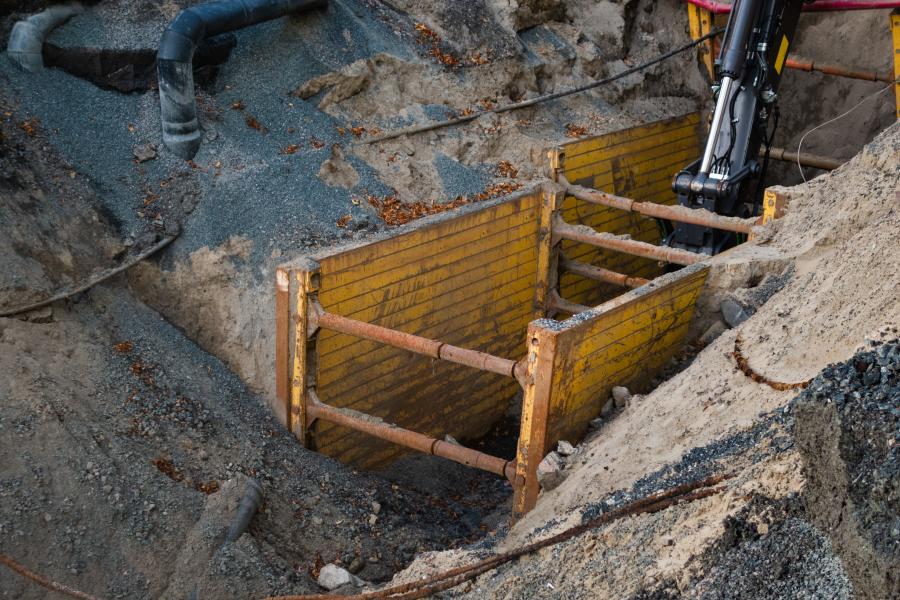The excavation of trenches is a crucial element of many construction and engineering sites. They are utilized to install telephone lines and pipes. Trenching in these places is often difficult due to the amount of moisture present. It’s not easy to get rid of all dirt and dirt particles around objects, and it’s equally dangerous to expose the your skin to the dangers of.
Trench boxes are necessary for all repairs or construction which requires access to the ground. Trench boxes are also utilized to guard against collapse depending on the soil quality and material thickness. They are made from aluminum/steel framing, which is temporary to keep it in place while excavation occurs around them. Then, the grout is fixed to two layers to ensure that there are no cracks at the level of the site.

Pre Installation
Before digging begins before digging, it is crucial to consider the potential dangers that are involved. It is vital to know what equipment and how many people will require access. Also, reflect on different methods that might have been used to finish the job without putting life or limb at risk (such as minimally invasive techniques). A complete risk assessment must also take place during pre-excavation surveys so that all possible hazards can easily enough be identified prior to the event; this will help minimize the risk of unexpected problems later on.
The trench’s depth is an important factor to take into account as well. If you’re working with five feet of width or more, support from toeing or sloping will be needed based on how wide it gets; however if your 20-foot deep trench requires more engineering work due to the fact that there are no straight sides on either side, it means that any structure that is above ground must take into account an increased risk in foundation movement due directly back to the excavation site.
The trench’s access must be accomplished via ladders or steps. There should be an accessible area of 25 feet of the workers throughout the day in case emergencies arise. It could be necessary to test for toxic or low oxygen levels gasses with the use of specially designed boxes known as “trench boxes.” The assembly of these articulated devices is simple, but they increase the chance of stacking them over each other because you aren’t sure how high the piles can reach to their weak bottom.
Care: Caring for the trench
1. Be sure to check the trench box or support daily for signs of damage and any motion.
2. Protective equipment should always be worn by all employees when working on-site.
3. Keep any heavy equipment or other tools at least 3 feet away from the trench’s edge.
Extraction
Because the earth around the trench box is moving, it is more difficult to set up than to remove it. For the purpose of extraction, you may employ chain slings. An overhead crane can also be used.
1. Straight Pull: This is the most basic of extraction methods. Attach your sling between the two points and pull it out. It is not necessary to exert any force or unneeded movements.
2. Half Pull Half Pull one side of the trench box and then move it as far as you are able before moving on. This will allow you to get rid of any dirt or debris without causing damage to your yard.
3. Single Pull One Chain sling to the lifting/extraction point to raise the trench box. Then lift each panel separately using a single pull. When the time comes for removal though just use your trusty pull.
For more information, click shoring trench box